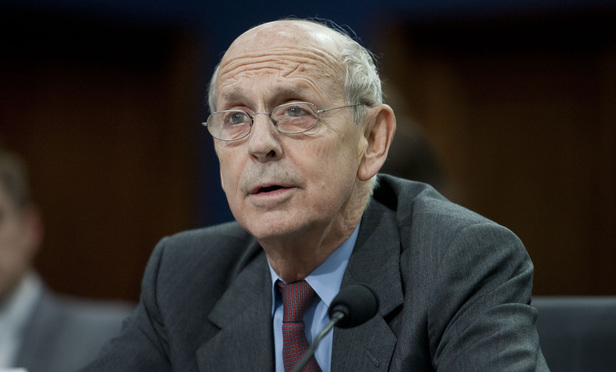U.S. Supreme Court justices, aided by their staff, do their own manual checking for potential conflicts of interest, unlike lower federal judges who use more systematic methods that include computer software.
“The conflict-checking process is an internal one carried out by the individual chambers. The process does not include use of software,” Supreme Court spokeswoman Kathy Arberg said in an email to The National Law Journal on Wednesday.
This content has been archived. It is available through our partners, LexisNexis® and Bloomberg Law.
To view this content, please continue to their sites.
Not a Lexis Subscriber?
Subscribe Now
Not a Bloomberg Law Subscriber?
Subscribe Now
LexisNexis® and Bloomberg Law are third party online distributors of the broad collection of current and archived versions of ALM's legal news publications. LexisNexis® and Bloomberg Law customers are able to access and use ALM's content, including content from the National Law Journal, The American Lawyer, Legaltech News, The New York Law Journal, and Corporate Counsel, as well as other sources of legal information.
For questions call 1-877-256-2472 or contact us at [email protected]





